Best Practices Articles

Is Email Marketing Dead?
The short answer is – maybe. It really depends whether you are trying to use email marketing to reach a stranger or to contact someone either you know or who knows you. The whole notion of opt-in email marketing evolved almost a couple of decades ago but email marketing is often viewed as spam because so very few people actually follow the rules. Too often we see email marketers sending out emails to a broad list of recipients that they have procured either from multiple sources or from random traffic to their website.
The real characteristic of email marketing is that it is an interruptive process. Suppose you are in the middle of your workday; you are waiting either for a phone call or you are actually making a call or in a conference call and an email arrives. If you look at it and see that it is from an organization you don’t know, for the most part you simply delete the email without reading it. Data shows, however, that when an email comes from an individual, even if we don’t know them, there is more likelihood that people will open it a lot more than an email coming from John Smith than one from a generic email ID such as “Marketing”, “Sales” or “Tech Support”. Why is this? Because we relate to people. It follows that, if the recipient of the email knows you, they are far more likely to open the email than if it came from a stranger. The success of email marketing is heavily linked to relational or relationship marketing. But the question is, how do you build a relationship with a potential prospect when you have not previously interacted with that individual? That’s where social marketing comes in.
Over the last decade, and especially over the last 5 years, various channels of social marketing have evolved. Today, most prospective buyers of solutions tend to look online for what they need. They search based on vendor names, or on category topics, but once they start searching they tend to focus on the set of sites that are presented to them through search engine results pages (SERP). If your company crops up within the top 10,15 or 20 results, chances are that a prospective buyer will click through to your site, as long as the topic they are searching for is aligned with the theme of your website or blog. When a prospect lands on your website, you have a unique opportunity to start forming a relationship.
It is very important for you to capture two sets of information from prospects: their company name and the nature of their interest category. You can do this very easily by giving them the option to sign up for a newsletter. If they do sign up, you have confirmation of their category of interest. This enables you to start sending these prospects value-added email content focused on that specific topic of interest. If you are sending an email newsletter you can tweak the subject line to more closely reflect the topic in which the prospect was interested, even if the body of the newsletter will contain other articles or other topics. For example, if you are a hardware manufacturer selling networking products, switches, routers and firewalls, and the prospect expressed an interest in information on firewalls. Then the follow on communication should highlight firewalls in the subject line.
You still have the freedom in the body copy of the newsletter or email marketing piece to include other articles on routers or switches or a security solution, because the prospect may also be interested in other, ancillary areas. Whenever prospects land on your website as a result of your email marketing efforts and navigate to topics that interest them, you need to be able to automatically configure and push content that is relevant to that specific reader. Providing information of value to the end user is an important step in building a relationship, keeping the reader engaged, and coming back to your site for more.
Email marketing may not guarantee a quick sale, but it is certainly not dead when it comes to relationship-based marketing, as long as what you offer in return is of genuine value or interest. However, if you buy a list from an unknown third party (there are a whole bunch of sites today offering email address lists) you are not doing justice to your prospects because you are sending emails at random without knowing the preferences of the recipients. If you load an un-scrubbed list in an email engine and send out wholesale blasts, the chances are that the majority of people on the list will opt out because, as Seth Godin said, “This is no longer invitation marketing, it is interruption marketing”.
Basically, this approach is what is now considered ‘spam’. Emails are categorized as spam when they are unsolicited, irrelevant, contain only superficial commercial value, are sent in bulk to an unfiltered list of recipients, and don’t offer an opt out option. Beware of this: not only does this approach offend the receiver, but also they are likely to mark your emails as spam. (In Canada, the laws on spam have tightened considerably so that recipients of bulk emails must proactively opt in before the sender can legally correspond with them.) The more that your prospects and users mark your emails as spam, the lower the reputation of your email engine drops, which can result in your communications being blacklisted. This type of email marketing is definitely dead. But if email marketing is used in conjunction with targeted social marketing and other integrated marketing tools, such as direct mail or online information capture, email marketing can still be a very powerful tool.
At ZINFI, we provide an integrated marketing platform which has several components related to direct marketing, i.e., email marketing, search marketing, microsite marketing, video wall marketing and more. When you choose the right combination of tools – for more information please refer to our article - 5 Tips for a Winning Trifecta: Search Marketing, Social Marketing and Email Marketing - then success is in your sights, with email a very important component of that puzzle.
Best Practices Guidebook
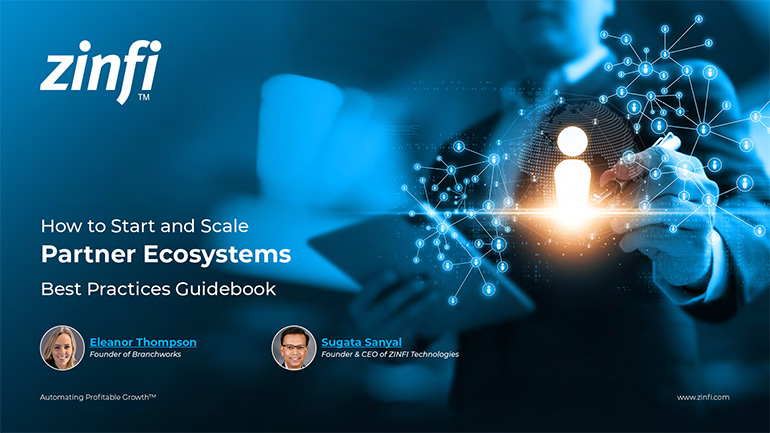 How to Start and Scale Partner Ecosystems Best Practices
How to Start and Scale Partner Ecosystems Best PracticesDownload Guide
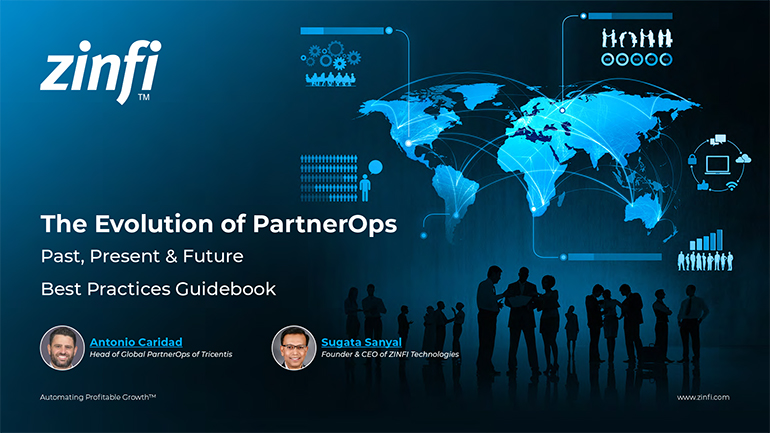 The Evolution of PartnerOps: Past, Present & Future Best Practices
The Evolution of PartnerOps: Past, Present & Future Best PracticesDownload Guide
 Mastering Channel Sales: Strategies, Best Practices, and Growth Tactics for 2025
Mastering Channel Sales: Strategies, Best Practices, and Growth Tactics for 2025Download Guide
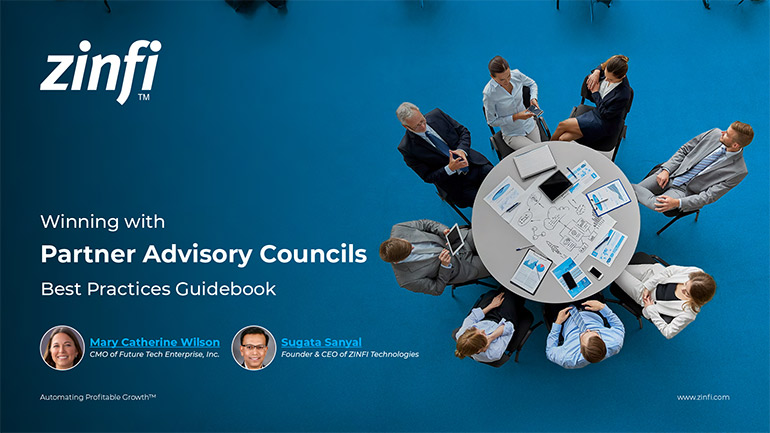 Winning with Partner Advisory Councils: Best Practices for Partner Engagement & Growth
Winning with Partner Advisory Councils: Best Practices for Partner Engagement & GrowthDownload Guide
 The Future of Partner Ecosystems Best Practices
The Future of Partner Ecosystems Best PracticesDownload Guide
 The AI Revolution: How Technology and Talent are Shaping the Future
The AI Revolution: How Technology and Talent are Shaping the FutureDownload Guide
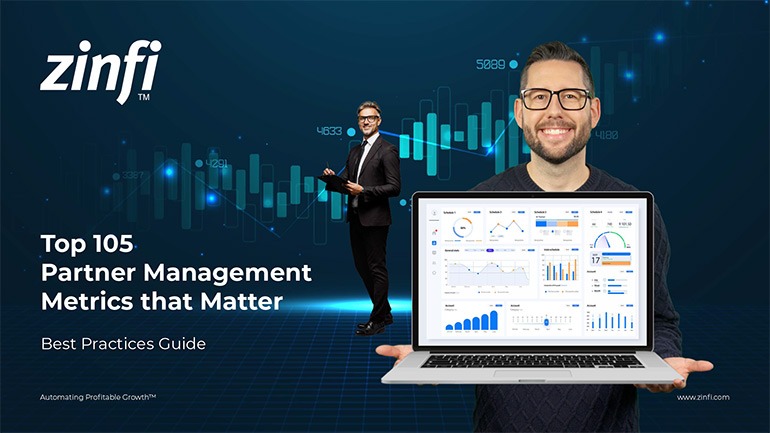 Top 105 Partner Management Metrics that Matter Best Practices
Top 105 Partner Management Metrics that Matter Best PracticesDownload Guide
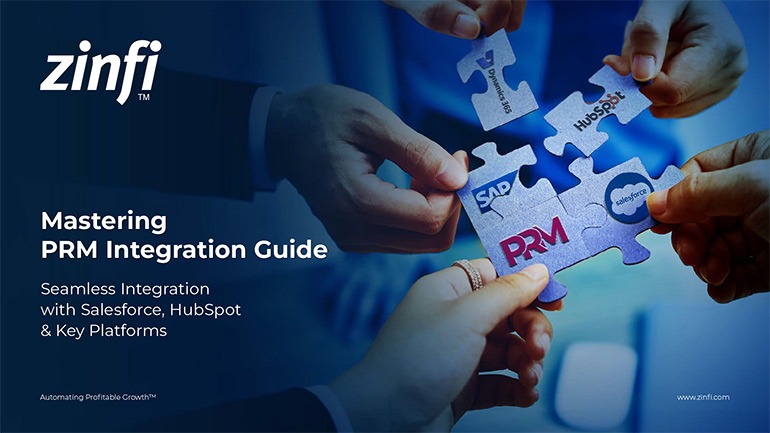 Mastering PRM Integration Best Practices
Mastering PRM Integration Best PracticesDownload Guide
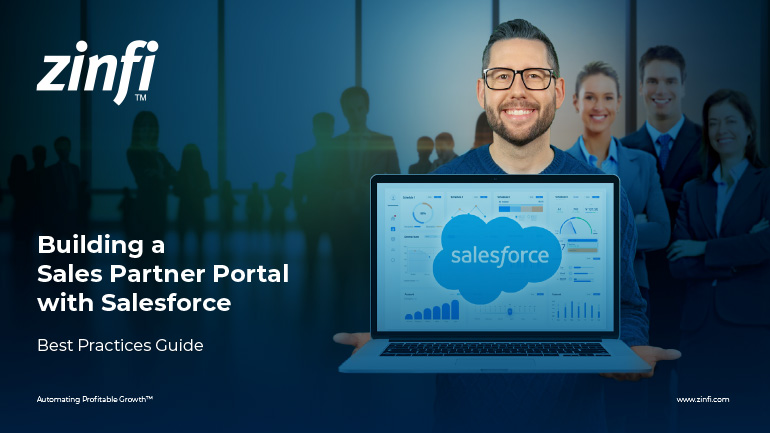 Building a Sales Partner Portal with Salesforce Best Practices
Building a Sales Partner Portal with Salesforce Best PracticesDownload Guide
 Building and Managing Partner Ecosystems Best Practices
Building and Managing Partner Ecosystems Best PracticesDownload Guide
 Mastering Co-Marketing and Co-Selling Best Practices
Mastering Co-Marketing and Co-Selling Best PracticesDownload Guide
 Transforming Partner Ecosystems Best Practices
Transforming Partner Ecosystems Best PracticesDownload Guide
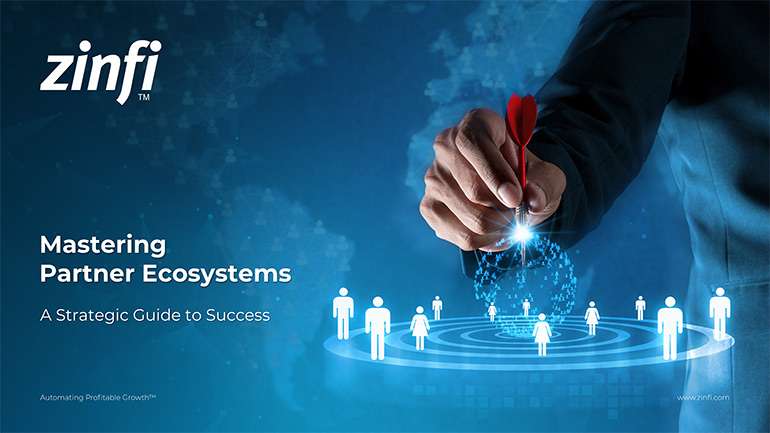 Mastering Partner Ecosystems Best Practices
Mastering Partner Ecosystems Best PracticesDownload Guide
 Mastering Partner Onboarding Best Practices
Mastering Partner Onboarding Best PracticesDownload Guide
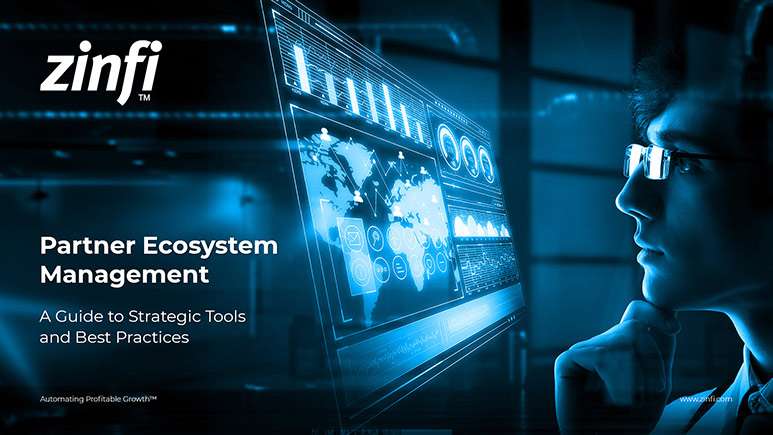 Partner Ecosystem Management Best Practices
Partner Ecosystem Management Best PracticesDownload Guide
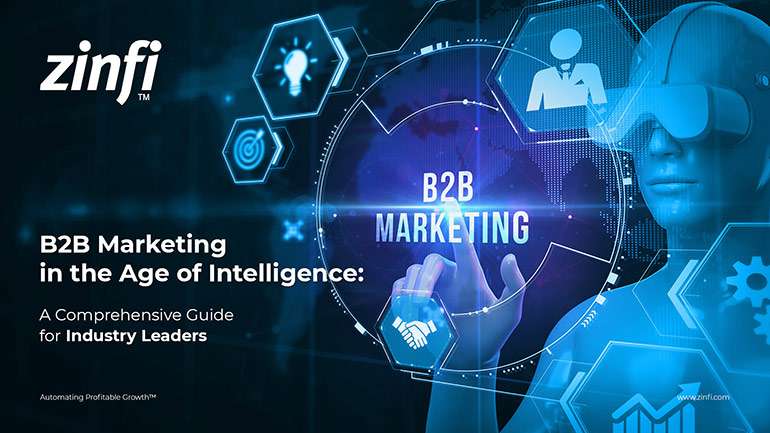 B2B Marketing in the Age of Intelligence Best Practices
B2B Marketing in the Age of Intelligence Best PracticesDownload Guide
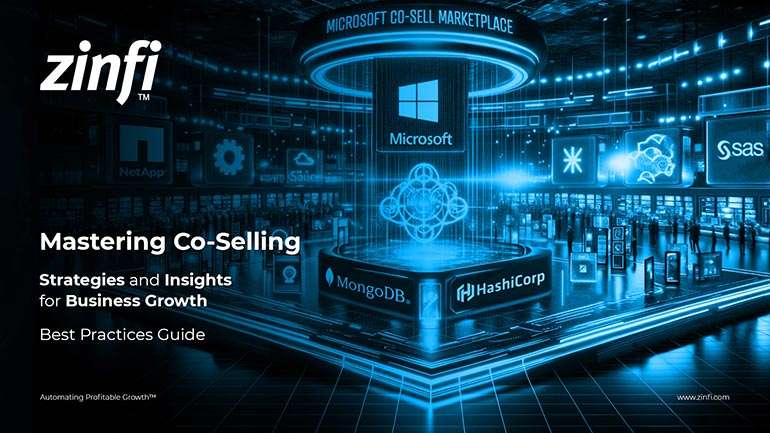 Multi-Partner Co-Selling Best Practices
Multi-Partner Co-Selling Best PracticesDownload Guide
 A Guide to Enhance Channel Sales Efficiency
A Guide to Enhance Channel Sales EfficiencyDownload Guide







